News archive
On this page you can search for older news. Choose a topic, type of news or enter your own keyword to filter out news.
View compact
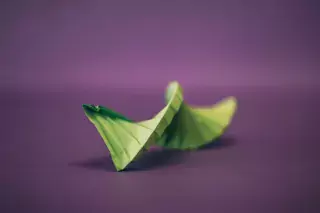
Researchers at Karolinska Institutet have used DNA origami, the art of folding DNA into desired structures, to show how an important cell receptor can be activated in a previously unknown way. The result opens new avenues for understanding how the Notch signalling pathway works and how it is involved in several serious diseases. The study is published in Nature Communications.
News
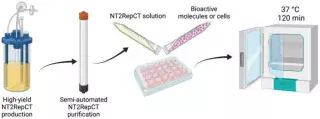
In a new study, researchers at Karolinska Institutet show that recombinant spider silk protein hydrogels have many attractive features. They allow encapsulation of cells and bioactive molecules simply by incubation at 37°C. They are transparent, which allows monitoring of encapsulated cells, and the fibrillar network mimics that of the extracellular matrix. The mechanical properties of these hydrogels match those of different tissues, and the gels can be used for continuous drug release.
News
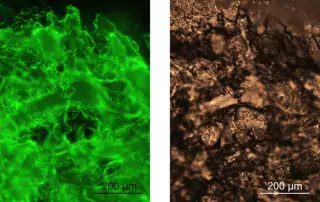
Researchers at KI and SLU have discovered that spider silk proteins can be fused to biologically active proteins and be converted into a gel at body temperature. One of the goals is to develop an injectable protein solution that forms a gel inside the body, which could be used in tissue engineering and for drug release, but also make gels that can streamline chemical processes where enzymes are used. The study is published in Nature Communications.
News
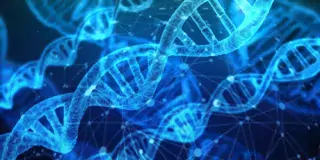
New findings reveal an advanced, unexpected two-way communication between the function and organization of chromosomes in the cell nucleus. Previous research shows that the organization of chromosomal DNA into loops regulates gene reading (transcription) and chromosome copying (replication). The new results show that, in turn, transcription and replication control chromosome looping, thus revealing a new interplay known to be important in avoiding diseases, such as cancer.
News
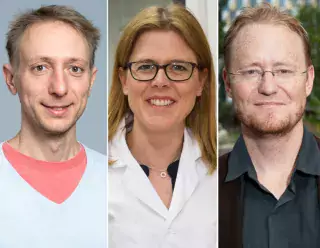
Three research group leaders at Karolinska Institutet receive European Research Council Proof of Concept (ERC PoC) 2022 grants, which are awarded to researchers who already have funding from the ERC and now wish to develop the innovative potential of their discoveries. Projects funded at KI include working towards commercialisation of a new sequencing method and scaling up production of artificial spider-silk textiles.
News
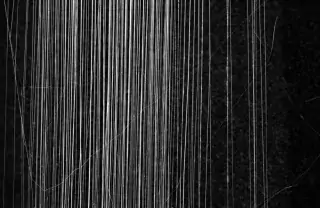
Spider silk is one of the strongest materials available and researchers have long tried to develop artificial spider silk, for example, for medical and industrial use. In a study published in Materials Today, researchers at Karolinska Institutet and Swedish University of Agricultural Sciences (SLU – Sveriges lantbruksuniversitet) have now developed spider silk that can be produced in larger volumes without strong chemicals.
News
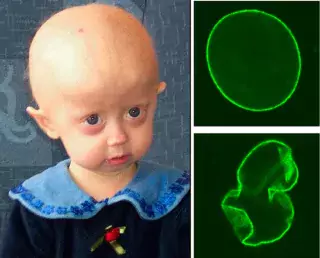
Researchers from Karolinska Institutet and Gothenburg University have investigated a potential new drug target for the rare genetic disorder Hutchinson-Gilford progeria syndrome that causes accelerated aging in children. The findings in mice are published in the scientific journal eLife and may aid in the development of more effective treatments for this fatal condition.
News
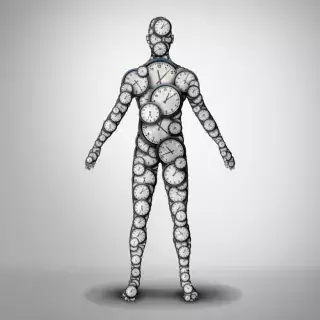
People age in different ways. Biological age is a metric that scientists use to predict health risks, the relevance of which can be enhanced by combining different markers. Particularly important markers are frailty and the epigenetic clock, write researchers from Karolinska Institutet in a study published in eLife.
News
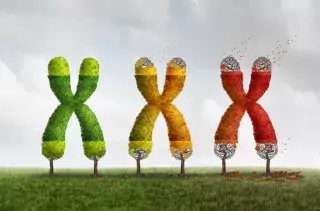
Progeria is a very rare disease that affects about one in 18 million children and results in premature aging and death in adolescence from complications of cardiovascular disease. In a study on mice and human cells, researchers at Karolinska Institutet and IFOM, the FIRC Institute of Molecular Oncology in Italy, have identified how antisense oligonucleotide therapies could be used as a new possible treatment option for the disease. The results are published in Nature Communications.
News

Researchers from Karolinska Institutet have found a protein that is a critical regulator in the development of fatty liver disease in mice, according to a study published in the journal Nature Communications. Analysis of liver biopsies of patients indicate that the identified mechanisms may help explain the diverse susceptibility of patients to develop more severe stages of fatty liver disease.
News
